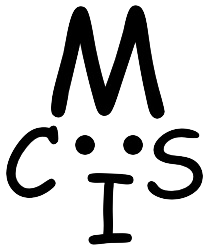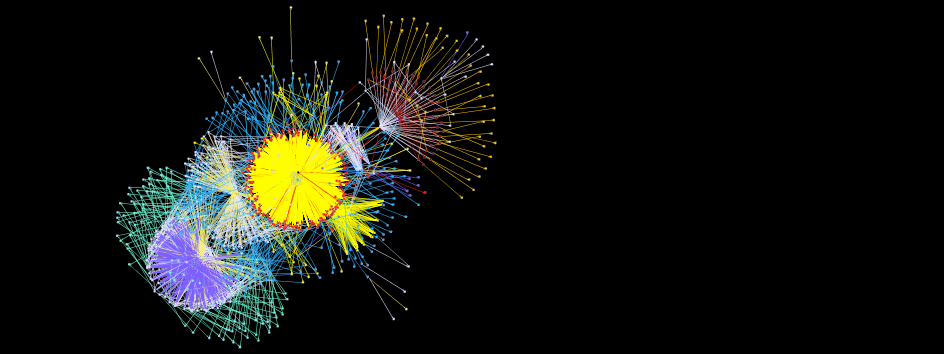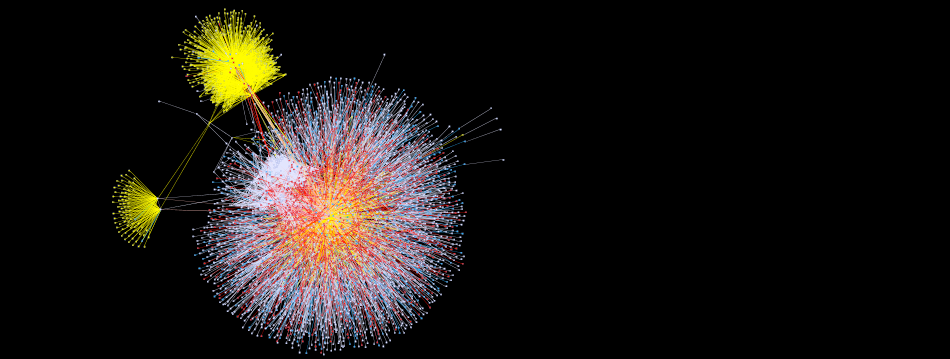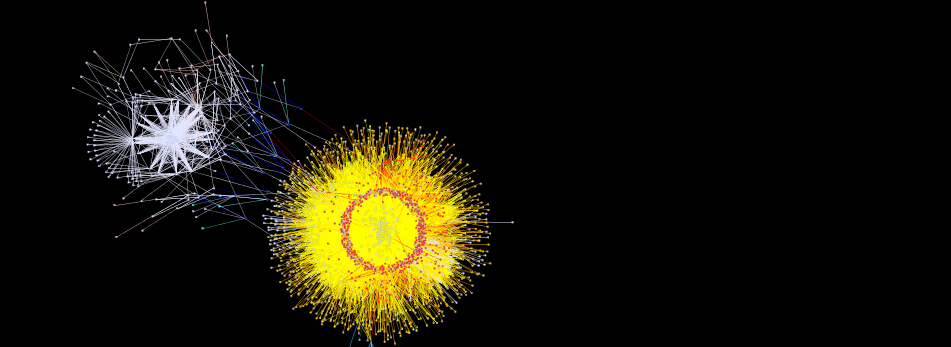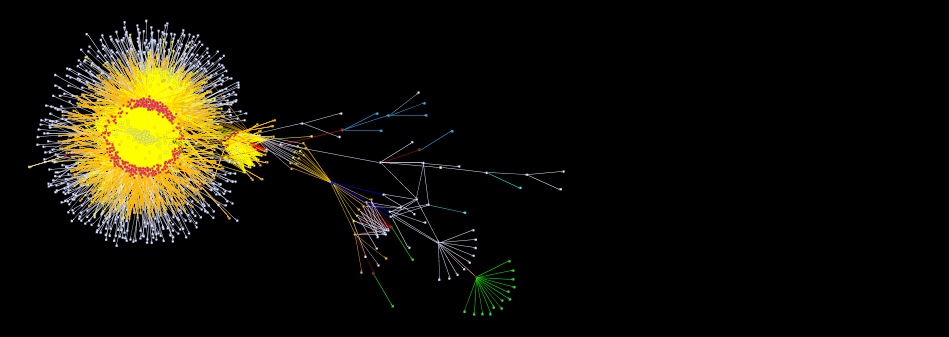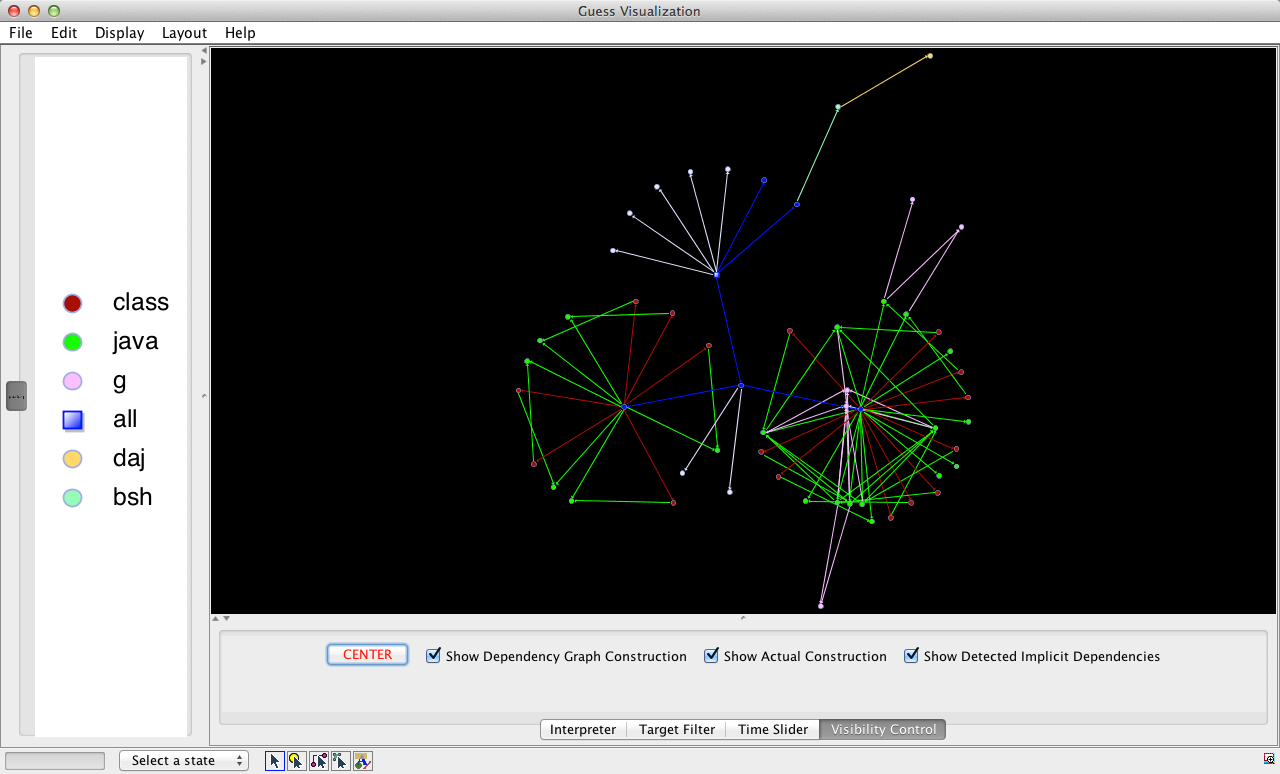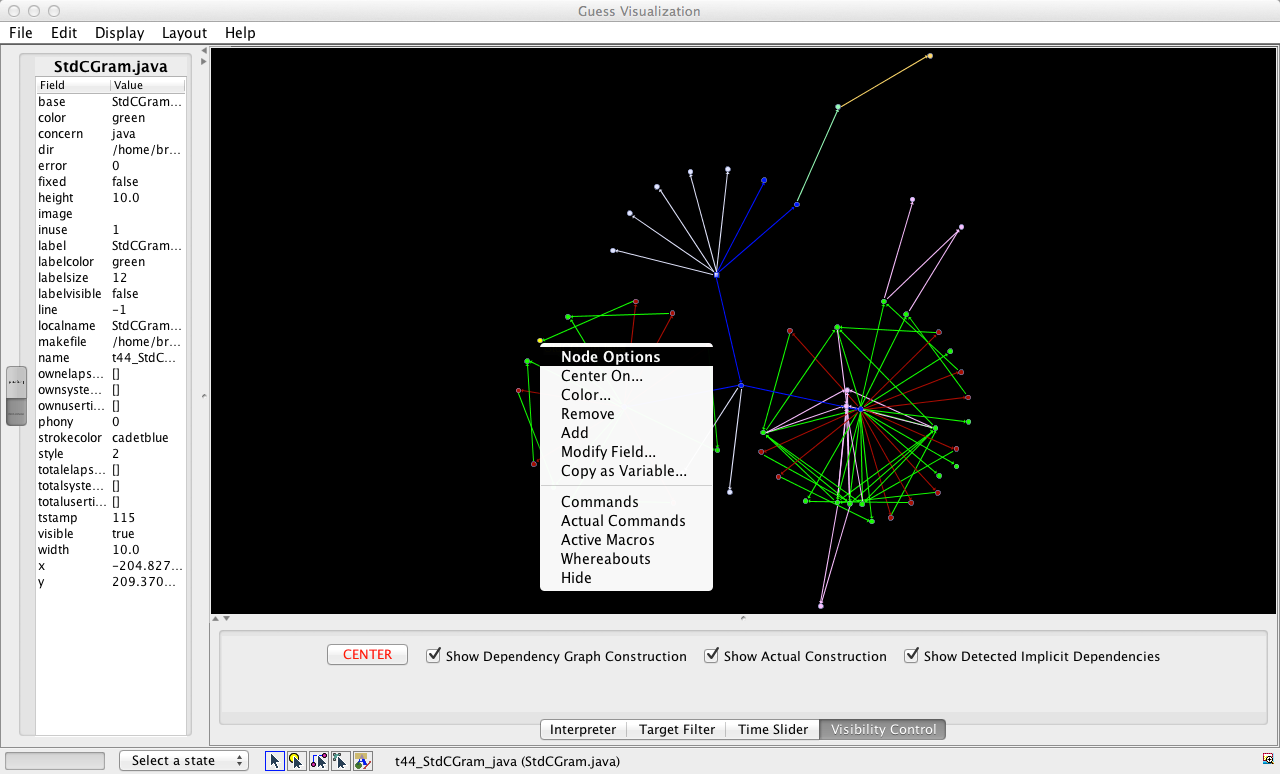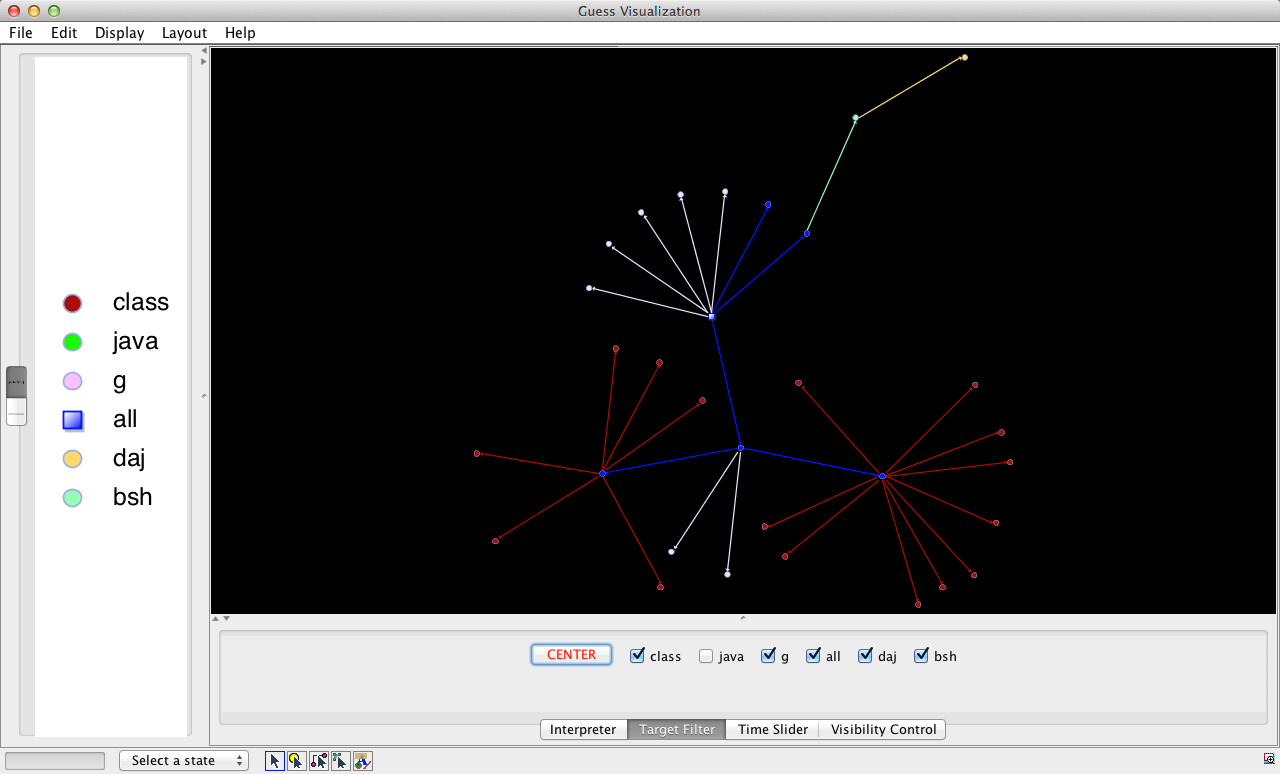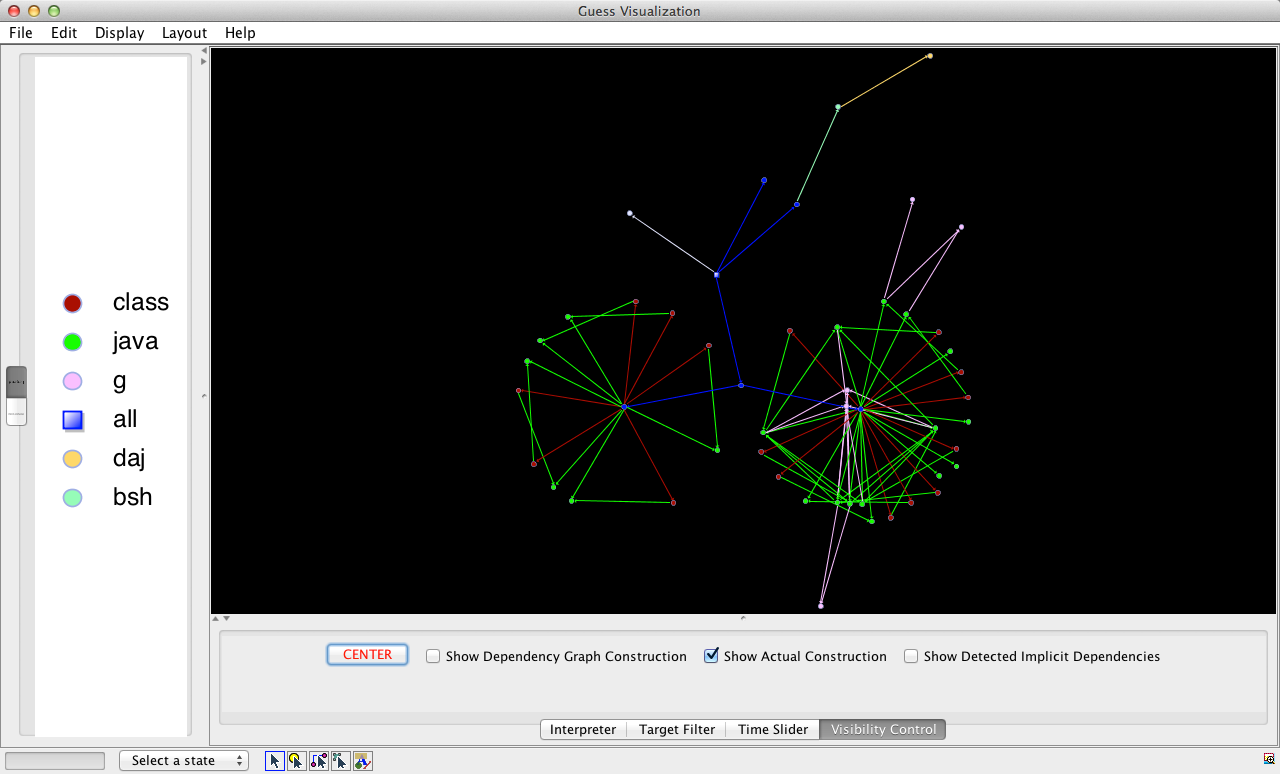News
- [April 28, 2014] MAKAO 1.8 released, with user-friendly UI, time slider, filtering, GNU Make 4.0 support, identification of gcc/g++ preprocessor flags, and many fixed parser bugs.
- [March 7, 2014] MAKAO 1.7 released, fixing bugs in implicit dependency detection, circular dependency detection (currently flagged when generating the gdf, but ignored in the graph) and with weird target names (containing spaces or plus signs).
What does MAKAO do?
Making sense of hundreds of Makefiles is very hard. Finding out where to modify them is even harder. Enter MAKAO, i.e., the "Makefile Architecture Kernel featuring Aspect Orientation", which uses visualization and some ideas of Aspect-Orientation Software Development (AOSD) to understand and manage build systems.
MAKAO provides the following features:
- visualization of the build dependency graph
- querying of build targets and dependencies for their build commands and variables
- filtering of the build dependency graph using Prolog rules to reduce clutter or to identify build idioms
- verification of the presence of bad smells in the build dependency graph
MAKAO builds on GUESS (Graph Exploration System), which is a flexible and scriptable graph manipulation framework. It takes the build trace of a GNU Make or ClearMake build run as input, generates and lays out the build dependency graph, and then provides the above five features to the user. More information can be found in the tutorial and publications sections.
We would like to thank Kris De Schutter, Herman Tromp, Matthias Rieger, Cyrille Artho, Dieter Paeps, Istvan Nagy, Reinier Post, Shane McIntosh and Leon He for their contributions and suggestions!
PS: Apparently, MAKAO (or Mau-Mau) is the name of a popular Polish card game, but we intended the name to be an allusion on both the "Made in Macao"-statement found on products fabricated in Macao and on GNU Make of course.
MAKAO's Requirements
The latest version of MAKAO can be downloaded here. MAKAO is covered by the Mozilla Public License 1.1 (MPL 1.1), and runs on Linux, Max OSX and Windows (using Cygwin 1.7.x).
Required dependencies:
- (On Windows) Cygwin 1.7.x
- GNU Make 3.80+ or 4.0 (on Windows, Cygwin 1.7.x provides a recent version under "Devel" in the installer) or ClearMake (preliminary support)
- Perl 5.6+ or (on Windows) the most recent version provided by Cygwin 1.7.x (under "Interpreters" in the installer)
- GUESS, more in particular this version (install it under
$GUESS_HOME) - Java 6 or older (that's right: GUESS does not play nicely with Java 7 and above)
- XML::Writer (using
sudo perl -MCPAN -e 'install XML::Writer')
Optional dependencies:
- (for filtering) SWI Prolog or (on Windows) the most recent version provided by Cygwin 1.7.x (under "Interpreters" in the installer)
MAKAO has been tested extensively on GNU Make 3.80+, and provides preliminary support for GNU Make 4.0 and ClearMake. As long as a build dependency graph can be extracted from your build tool, MAKAO can be used to re(verse)-engineer your build layer. Example build dependency graphs of ANTLR 2.7.6, Aspicere, CppTest 1.0.2, Gaim 2.0.0beta3, GCC 4.1.1, Inkscape 0.44, Ioquake3, Linux Kernel Graphing Project and other systems are included in the download!
Tutorial
0. Installing MAKAO
Install the required dependencies listed above, then install the latest version under $MAKAO. Also make sure that
$JAVA_HOME/bin/java refers to your Java 6 or earlier Java runtime.
1. Preparing your Makefiles
1
2
3
all:
$(MAKE) -C sub1/ all
make -C sub2/ all
MAKAO needs to trace the full build dependency graph, even across recursive make calls. For this reason, all
such calls should use a variable like $(MAKE) to refer to the make program. If
not, MAKAO will not be able to identify the dependencies in the corresponding recursive build (more on this
here).
You can use the following tool to help you spot potential occurrences of make (NOTE: most of the
results will be false alarm, but better be safe than sorry):
1
2
cd /dir/with/source/code
$MAKAO/parsing/bin/search_for_sub_make.sh path_to_system_to_analyze
If you find an incorrect call to make, please replace it by a call to $(MAKE).
2. Extracting the Build Dependency Graph
1
2
3
4
cd /dir/with/source/code
$MAKAO/parsing/bin/makewrapper.sh all 2&> trace.txt
$MAKAO/parsing/bin/generate_makao_graph.pl -in trace.txt -out trace.gdf \
-format gdf
The above commands first run your build system with a bunch of standard GNU Make debugging switches. The
corresponding textual trace (trace.txt) then is analyzed to extract the build dependency graph
used during the build. Note that all is the build target for which one wanted to analyze the
build. You'll notice that an XML file named trace.gdf.xml has also been generated. This one
contains the formal/actual commands executed for each exercised build target, as well as the active
preprocessor flags.
3. Lay Out your Graph using the Force
If you would visualize the generated build dependency graph as is, you would only see one big blob. So, one needs to lay out the graph with a force-directed layout. For this, type the following:
1
$MAKAO/ui/bin/show.sh trace.gdf -p
A Java 6 program called GUESS fires up, showing a big blob (as predicted) and a separate control panel. Click on the red "CENTER" button to center the graph, then click on the "Start/Stop" button of the control panel. The blob starts to explode, and you will notice that small clusters are being pushed outwards. Slowly, but surely you will start to see a structure in the graph. To help the layout algorithm, it helps to slowly increase the "DefaultSpring..." slider (which increases the forces between nodes) until it reaches the maximum value.
Once you are happy with the layout, click again on the "Start/Stop" button, then either click on "SAVE & QUIT" to save the layout and exit, or on "SAVE & ANALYZE" to save the layout and start the analysis of the graph. The latter will close GUESS and reopen the graph with the new layout again in the analysis mode.
4. Exploring the Build Dependency Graph
You can explore a build dependency graph with layout either after doing the layout (see previous step) or by executing the following command (the layout algorithm typically adds the "-piccolo" suffix to the .gdf file):
1
$MAKAO/ui/bin/show.sh trace-piccolo.gdf
You should now see an attractive build dependency graph in the main window, with on the left a legend explaining the graph's colors. Basically, each node represents a GNU Make target that was exercised during the build of your system. Edges represent build dependencies followed during the executed build, with the top target (e.g., "all") depending on its dependencies, etc. A dependency is colored based on the color of its destination node (target), and a node's color is based on the corresponding file's extension (red for .o, blue for .c, etc.). Grey files are files with unknown or system-specific extensions.
You can zoom in or out by holding down the right mouse button and moving to the right/left, respectively. Drag and hold the left mouse button to pan the dependency graph. Clicking on an edge or node centers and zooms on that edge or node. Choose "Display => Information Window" to see a tab page on the left containing the values of the nodes' and edges' attributes (depending on the node or edge below the mouse cursor). These attributes contain information extracted from the build, such as directory names, error status and phony status for nodes or whether a build dependency is implicit, recursive, pruned or executed during the build dependency graph construction or execution phase of GNU Make ("ismeta" true/false, resp.).
Even more information can be found when right-clicking on a node or edge. The status menu allow you to assign a name to the selected node or edge for manipulation in scripts ("Copy as Variable...", see below), see a target's build recipe as seen in the Makefile ("Commands") or during execution (with Make variables expanded, "Actual Commands"), get a list of active macro flags ("Active Macros"), or see in which makefile or directory a build target originated ("Whereabouts").
5. Hiding/Showing Unimportant Parts of the Graph
Granted, even after layout, some build dependency graphs still look busy. On the "Target Filter" tab, you can show/hide targets of any non-grey color. You can then zoom in or drag some nodes around (for this, select the "Manipulate Nodes" icon on the bottom of the GUESS window, i.e., the second from left out of five small icons).
The "Visibility Control" tab allows coarser-grained filtering of the graph. One can use it to show/hide all targets/dependencies used only in the first phase of GNU Make, i.e., in which GNU Make reads in the makefiles to build its internal build dependency graph. These are the edges with the "ismeta" attribute set to true. Similarly, one can also show/hide the targets/dependencies used only during the actual construction phase, where the real compilation and processing of source code files happens.
Finally, MAKAO is able to scan the build commands executed for each build target to identify files that are not mentioned as build dependencies in the corresponding Makefile rule. Such omissions could be errors in the Makefile, or could be false alarm. In the latter case, you can hide those dependencies with the third control on the "Visibility Control" tab.
6. Going Back in Time
Wouldn't it be cool to replay a build and see in what order targets are being processed? You're in luck, since GNU Make's trace file, and hence MAKAO's build dependency graph, records the order in which dependencies are followed. This is stored in the "tstamp" attribute of a dependency. Targets also have such an attribute, but since targets can be checked multiple times, only one value (most recent one) is stored. Dependencies on the other hand are unique, hence their "tstamp" value is reliable.
The time slider on the "Time Slider" tab allows you to scroll across time, while the "Previous" and "Next" buttons allow finer-grained control. At any point, you can center the screen using the familiar red "CENTER" button. The name of the most recently executed build dependency is shown at the bottom of the screen (initially, the last executed build target is shown).
As an experimental feature, you can see an automated replay of the whole build by clicking on the "Play Back" button. You will get a warning that the replay can *not* be paused, so be careful! To speed up the replay, all successive dependencies of the same build target are shown at once, which is especially handy in the case of header dependencies.
You might have noticed that clicking on the "Time Slider" tab can take a while. This is because MAKAO stores the state of the graph obtained using the filter controls of the previous step, such that when returning to those tabs the state can be restored. The "Time Slider" tab has its own state of the graph. You can move to the "Interpreter" tab without losing that state, but as soons as you click on one of the other tabs, their state is restored (similarly, moving to the "Interpreter" tab from the other tabs keeps their state intact, allowing manipulation from the "Interpreter", see below).
7. Scripting your Analyses
Did you know that all the buttons, sliders and menus used thus far are just Gython extensions on top of GUESS? Gython is a dialect of Jython, which is a version of Python with access to Java classes and objects, since Jython interpreters are embedded in Java applications. In other words, each node and dependency in the build dependency graph is a Gython object!
The "name" attribute of a node or edge is the name through which the node or edge can be referenced in the
"Interpreter" tab. For example, a target with as "name" the value "all" can be referenced as
all:
1
2
3
4
all.name
(error==0).visible=0
execfile(makao_path+"path/relative/to/makao/home/script.py")
center
The above code snippet first prints the name of the "all" target, then hides all the build targets that had no error during the build by setting those targets' "visible" attribute to zero. You should only see the paths in the build dependency graph along which build errors occurred. The expression between parentheses selects all nodes (or edges) with a particular attribute value. Finally, line 3 loads in a custom Gython script, while line 4 programmatically centers back the graph. More on Gython can be found in the GUESS manual.
8. Using Prolog for Declarative Analysis
1
2
$MAKAO/parsing/bin/generate_makao_graph.pl -in trace.txt -out trace.gdf \
-format prolog
If you're more a declarative person, you can use the above command instead of the one in step 2 to obtain a Prolog representation of the build dependency graph. The format is compatible with SWI Prolog, and you can write your own rules and queries in terms of the provided facts (there is also an XML representation of the commands and active preprocessor macros).
If you want a small framework for systematically identifying certain build targets (based on a query), then filtering those targets out of the build dependency graph (to simplify it), you can use the following commands (subsumes the command above):
1
2
3
4
5
6
7
8
9
10
11
12
13
14
15
16
17
18
19
20
21
cp $MAKAO/filtering/prolog-backward/rules/gdf-sample.pl \
$SOMEDIR/gdf-trace.pl
cp $MAKAO/filtering/prolog-backward/rules/gdf-sample-logic.pl \
$SOMEDIR/gdf-trace-logic.pl
cp $MAKAO/filtering/prolog-backward/bin/prepare_fact_base.sh \
$SOMEDIR/prepare_fact_base.sh
#Modify the first three variable definitions of
#<code>$SOMEDIR/prepare_fact_base.sh</code> and make sure
#that <code>PL_IN=$WORK_DIR/trace-facts.pl</code>
$SOMEDIR/prepare_fact_base.sh
#modify and add rules, see below
#apply the rules to filter the graph, like this:
$MAKAO/filtering/prolog-backward/bin/show_reduced.sh \
trace-facts.pl target_name
#layout the graph as usual, then visualize using:
$MAKAO/filtering/prolog-backward/ui/show.sh some_file-piccolo.gdf \
target_name
With the sample rules as inspiration, you can write logic filtering rules in
$SOMEDIR/gdf-trace-logic.pl and configure which rules are active in
$SOMEDIR/gdf-trace.pl. This part of MAKAO is quite advanced and experimental, details are given
in my PhD dissertation), but feel free to
contact
in case of trouble.
Related Publications
- MCINTOSH, S., ADAMS, B., KAMEI, Y., NGUYEN, T. and HASSAN, A. E. (2011). An Empirical Study of Build Maintenance Effort, in Proceedings of the 33rd International Conference on Software Engineering, ICSE (Waikiki, Honolulu, Hawaii), to appear. (Acceptance ratio: 62/441=14%) BibTeX
- MCINTOSH, S., ADAMS, B. and HASSAN, A. E. (2010). The Evolution of ANT Build Systems, in Proceedings of the 7th IEEE Working Conference on Mining Software Repositories, MSR (Cape Town, South Africa), pages 42-51. (Acceptance ratio: 16/51=31.4%) BibTeX
- ADAMS, B. (2009). Co-Evolution of Source Code and the Build System, PhD Symposium at the 25th IEEE International Conference on Software Maintenance, ICSM (Edmonton, Canada), September 2009. BibTeX
- ADAMS, B. (2008). Co-evolution of Source Code and the Build System: Impact on the Introduction of AOSD in Legacy Systems, PhD dissertation, ISBN 978-90-8578-203-2, Ghent University, Belgium, May 2009. BibTeX
- ADAMS, B., DE SCHUTTER, K., TROMP, H. and DE MEUTER, W. (2008). The Evolution of the Linux Build System, in Proceedings of the ERCIM Working Group on Software Evolution 2007 (Paris, France), Electronic Communications of the ECEASST, Vol. 8., 16 p. BibTeX
- ADAMS, B., DE SCHUTTER, K., TROMP, H. and DE MEUTER, W. (2007). Design Recovery and Maintenance of Build Systems, in Proceedings of the 23rd IEEE International Conference on Software Maintenance, ICSM, pages 114-123, IEEE Computer Society, Paris, France, October 2007. (Acceptance ratio: 46/214=21%) BibTeX
- ADAMS, B., DE SCHUTTER, K., TROMP, H. and DE MEUTER, W. (2007). MAKAO (demo), in Proceedings of the 23rd IEEE International Conference on Software Maintenance, ICSM (Paris, France), pages 517-518, IEEE Computer Society, October 2007. BibTeX
